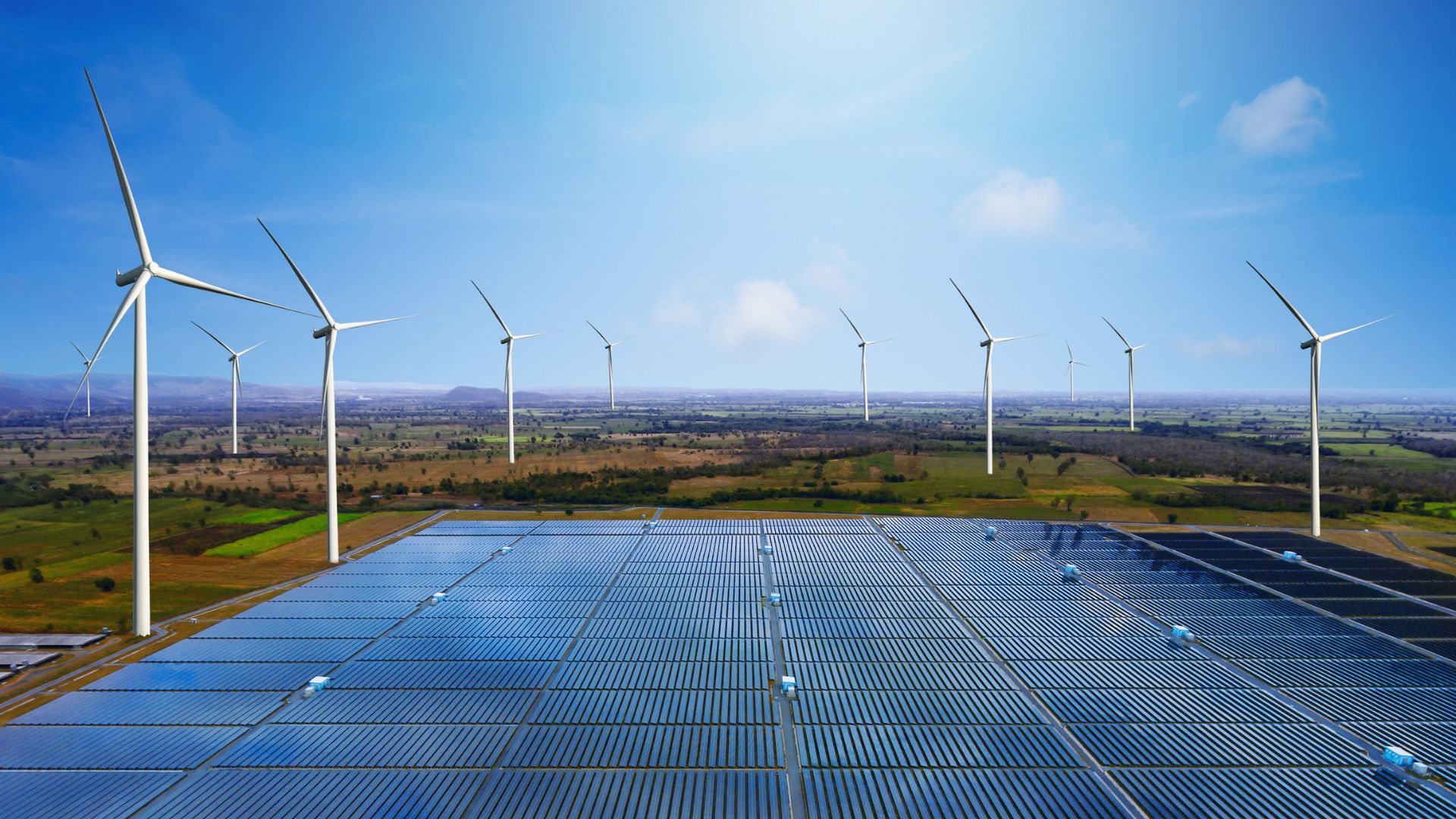The Philippines is favored with numerous renewable energy resources. Its location in the Pacific Ring of Fire provides ample heat and wind exposure, making it ideal for solar and wind energy.
Renewable energy comes from unlimited, naturally supplied resources such as the sun, tides, and wind. It can be used for electricity generation, space and water heating and cooling, and transportation. In contrast, non-renewable energy comes from finite sources such as coal, natural gas, and oil.
For years, the Philippines has relied on fossil fuels, a non-renewable type of energy, to meet about 80% of the country’s energy needs.
On November 15, 2022, the Department of Energy (DOE) released Circular No. 2022-11-0034, marking a substantial change in the nation’s energy strategies by allowing complete foreign ownership in its renewable energy sector.
The DOE’s action has the potential to attract investments toward the country’s gradual transition to more sustainable and renewable energy sources.
The following are examples of renewable energy sources currently utilized in the country:
Solar Energy

Solar energy refers to any sort of energy created by the sun. Solar energy can be used directly or indirectly for human benefit.
In a tropical country like the Philippines, harnessing solar energy should be relatively easy. However, the main hindrance to switching to solar energy is the cost of installing solar panels. In 2021, it was reported that only 5% of the country’s energy was derived from solar sources.
Wind Energy

Wind farms are one of the technological advances in sourcing renewable energy.
While the Philippines currently has several operational wind farms that contribute to the country’s power supply, they only account for 2% of it. It remains difficult to significantly increase this percentage due to challenges in installing wind farms in urban areas.
Hydroelectric or Hydropower

Hydroelectricity, often known as hydropower, is a type of energy that employs the flow of water, such as water pouring over a waterfall, to generate electricity.
As perhaps the oldest innovation in renewable energy, the Philippines derives 16% of its supply from hydropower. The most prominent source of hydropower in the country is Maria Cristina Falls in Iligan City. This 321.5-foot-high waterfall also serves as the primary source of electric power for the city.
Geothermal Energy

Geothermal energy is heat generated within the Earth and is the most utilized renewable energy source in the country. The Philippines ranks as the third-largest producer of geothermal energy globally, following the United States and Indonesia.
Biomass and Biofuels

The Department of Energy (DOE) estimates that the Philippines has a biomass potential of more than 200 MW, contributing to nearly 30% of the energy needed to power the lives of over 100 million Filipinos.
However, biomass can raise several issues because the process of converting biochemicals to biomass poses a threat to the environment, as it can produce air pollutants.
Tidal and Ocean Energy

Tidal energy is a renewable energy source generated by the natural rise and fall of ocean tides and currents. This innovation has yet to arrive in the Philippines, with the first tidal power generation plant in Southeast Asia set to be constructed on the remote island of Capul in Northern Samar, along the San Bernardino Strait, an area renowned for its strong marine currents.
Unlike fossil fuels, renewable energy production does not release harmful greenhouse gases or pollutants into the atmosphere. By investing in renewable energy resources, the country can reduce its carbon footprint and mitigate the negative impacts of climate change.


















